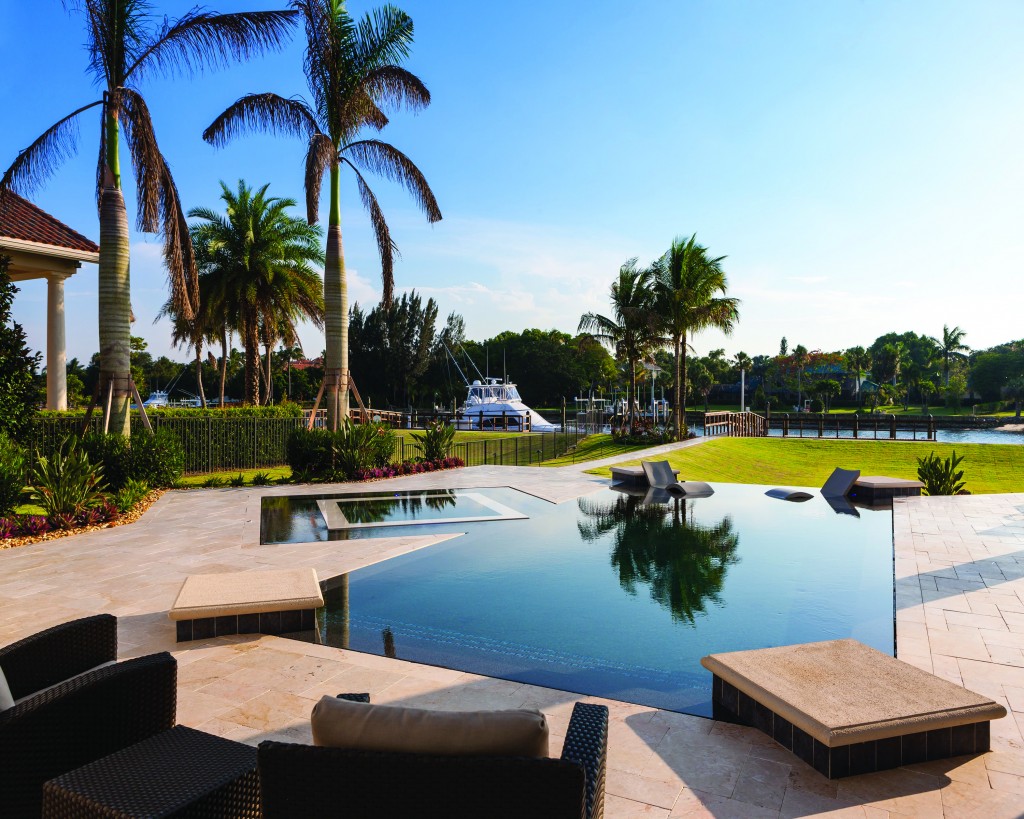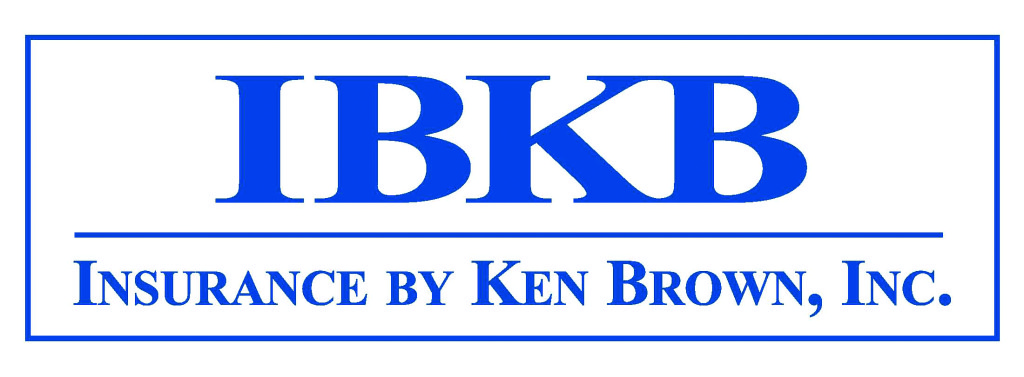The rise in demand for ozone
By: Brett D. Holland, AAA Custom Pools Inc. brett@aaacustompools.com
“I would prefer a salt pool over a chlorine pool.” Recently, you may have heard this from a customer or potential client. In 2015 it is clear that salt water chlorine generators (SWCG) are predominantly the pool sanitizer of choice for residential swimming pools in Florida, and have been for some time. However, there seems to be a common misconception among consumers that SWCGs are the answer to all of their pool chemistry needs. The fact is, just because the water is not green does not mean the water is safe and balanced. Customers don’t see the consequences of this mentality for many years and then they think the interior finish is just due for an upgrade.
One example of there being more to a “blue” pool, is that typically with SWCG systems the pH has to be addressed more often. This is possibly due to the pool outgassing CO2 into the air. The rate of outgassing increases with lower pH, higher alkalinity and aeration of water (splashing, water fountains or slides, high wind, jets pointed up, etc.). Aeration of pool water, which is a physical process, can vary greatly from project to project. It is also possible that the hydrogen gas bubble production from SWCG systems contributes to significant aeration and is a source of rising pH in such SWCG pools.
Salt systems are another way of introducing chlorine into the pool and are great when it comes to a steady stream of chlorine, compared to standard inline chlorinators and/or liquid chlorine. Once chlorine is produced from the salt cell, the same disinfection by-products (DBPs) are created as if the chlorine was introduced through a tablet feeder or liquid. One of the most common DBP are THMs. Trihalomethanes (THMs) are collectively four compounds that are created when hypobromous acid and hypochlorous acid react with naturally occurring organic matter. Studies show that chlorinated swimming pools, especially those with high pH levels and high temperatures, are notorious for producing THMs at an exponential rate. You might be asking yourself: “How do we combat THMs and provide clients with a much more pleasurable swimming experience?” The answer is with ozone, and that is why we have seen a rise in demand for it!
Ozone is one of nature’s strongest oxidizers, its by-product is pure oxygen. The importance in this is that ozone is pH neutral, which makes balancing of the pool easier. The less chlorine in the pool, the less fluctuations in pH. Ozone excels in killing micro-organisms such as Cryptosporidium and Giardia, when using chlorine as the primary oxidizer/sanitizer these water-borne parasites are more resistant. Due to ozone being very unstable and having a short life, chlorine is still needed as a residual sanitizer since the pool will not be generating ozone while the pump is off. The small amounts of chlorine also help combat algae growth. While ozone eliminates chloramines (the common smell of chlorine) and acts as the primary oxidizer/sanitizer, it also allows free chlorine to be present without producing significant concentrations of irritating and harmful DBPs that are present with a chlorine-only pool.
So if ozone has all of these advantages over chlorine-only pools, why isn’t it the sanitizer of choice for our consumers? Well I don’t have that exact answer, however my opinion is that as an industry we may have experienced algae more often with ozone as our primary oxidizer/sanitizer rather than chlorine-only pools, whether they are salt systems or tablet/liquid feeders. When I decided I wanted to write this article I set out to seek how we can overcome this objection. What I found through my research is that different ozonators actually produce ozone at different rates known as grams per hour (g/h) which also produces a different concentration of ozone in weight. CD ozonators, known as Corona Discharge, produce a higher g/h as well as a higher concentration than ozonators using a UV lamp. The amount of ozone needed in a system is based on several variables: volume of water, water temperature, bather load, amount of desired chlorine, etc. As I further my research I hope to gain a better understanding of how to properly size ozone systems based upon the different variables of my projects, as well as the outputs of the ozone units readily available to us. I anticipate that I will find that maybe us, as an industry, may or may not have been properly sizing our ozone systems and therefore have had unrealistic expectations.
Much thanks to Marc De Brum, ClearWater Tech, and Nicky Milosevich, Paramount, for their assistance with my research!




